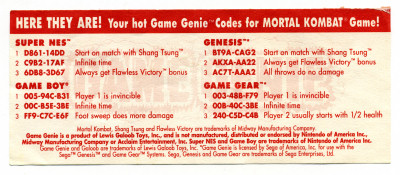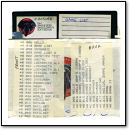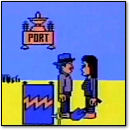[ Retro Scan of the Week ] The Odyssey Manual
May 28th, 2012 by Benj Edwards “We’ve got a lot of space here, Fred, and I’m tired.” [stamps 7 times] “Fixed.”
“We’ve got a lot of space here, Fred, and I’m tired.” [stamps 7 times] “Fixed.”
Forty years ago, Magnavox lifted the veil on the world’s first commercial video game console, the Odyssey. Designed to work with a home TV set, the Odyssey blazed a trail that every game console follows today.
While the Odyssey had first been revealed to the press in April 1972, the Odyssey reached the market at $99.99 (about $548 in today’s dollars) in August of that year.
Magnavox’s console relied on technology originally developed by Ralph Baer, Bill Harrison, and Bill Rusch at Sanders Associates in the mid- to late 1960s. Baer’s invention, together with Atari’s work during the same period, founded an industry.
Even though I’ve been writing about the work of Ralph Baer for over five years now, I still am amazed that the commercial video game console is now 40 years old. But 40 years is a long time in technology, and it’s easy to see how we’ve come so far if you keep that time scale in mind.
By the way — in honor of this anniversary, I recently took apart an Odyssey console for PC World. You can read about that adventure in another post.
Discussion Topic of the Week: Have you ever played an original Magnavox Odyssey console? Describe how you felt about the experience.

















